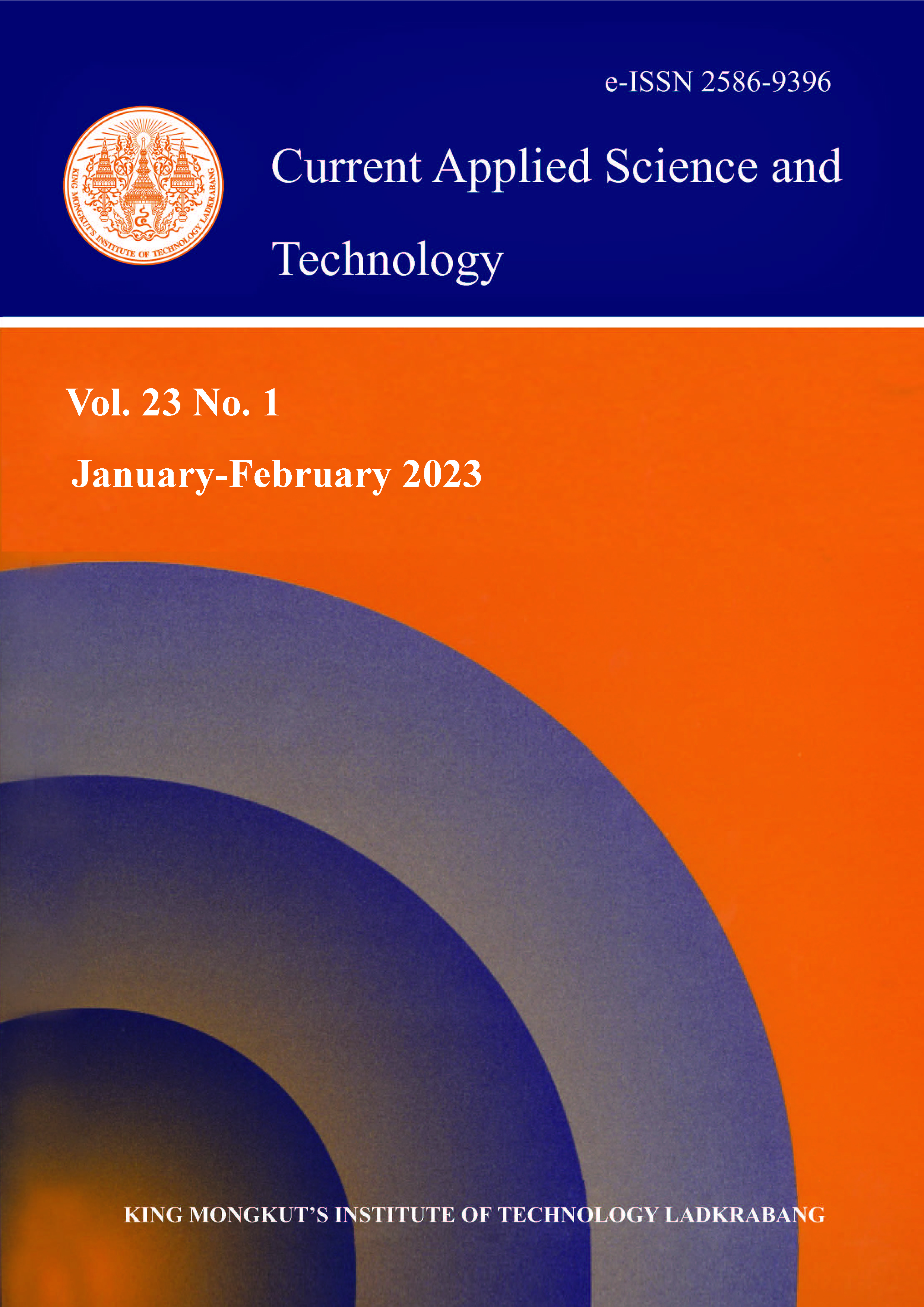This paper presents the simulation of a simple single-phase grid-connected photovoltaic (PV) system using the PSPICE model. The modeling system consists of a PV string, a single-phase current source inverter (CSI), load, and a grid voltage source. The system uses the PV string as the current source. The single-phase CSI was controlled by the grid AC voltage. The operation of the system employs the negative conductance characteristics of the PV string. We studied the voltage and current waveform at the inverter output terminal, the current waveform at the load, the AC power with various open-circuit voltages and temperatures of the PV string. The result showed the current waveform at the inverter output terminal follows the I-V characteristics of the PV string. The current waveform at the load depends on its impedance characteristics. The AC power increased with the open circuit voltage. We found that the maximum efficiency of the AC power conversion system was 63.3% at the peak of the AC voltage source, which was equal to the maximum power voltage of the PV string. In addition, the prototype was built for testing and testing verified the simulation results. The experimental results showed the current waveform at the inverter terminal and load were similar to the simulation results.
Keywords: grid-connected photovoltaic system; solar cell; negative conductance; simulations
*Corresponding author: Tel.: (+66) 972528395 Fax: (+66) 3298412
E-mail: nuttakrit.so@kmitl.ac.th
Somdock*, N. ., Pakasiri, C. ., Sakulkalavek, A. ., & Sirichote, W. . (2022). Modeling a Simple Single-phase Grid-connected Photovoltaic System Using Negative Conductance of Solar Cells. CURRENT APPLIED SCIENCE AND TECHNOLOGY, DOI: 10.55003/cast.2022.01.23.009 (22 pages). https://doi.org/10.55003/cast.2022.01.23.009

